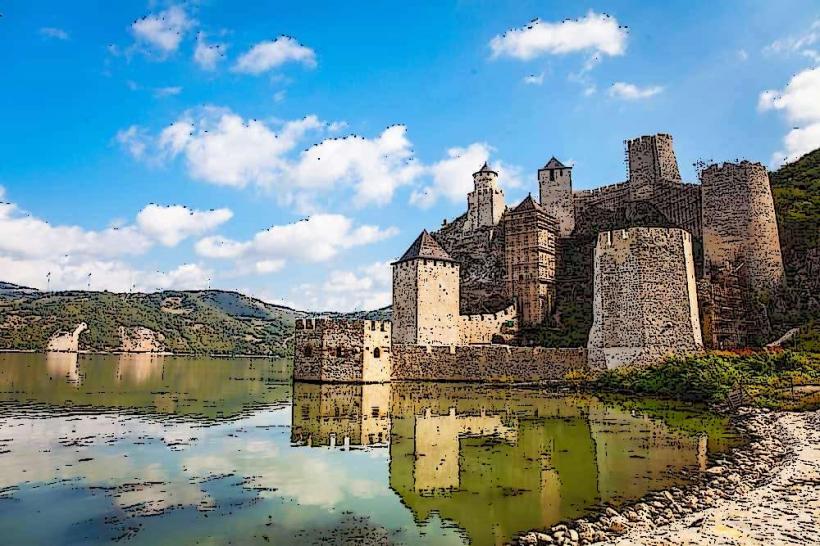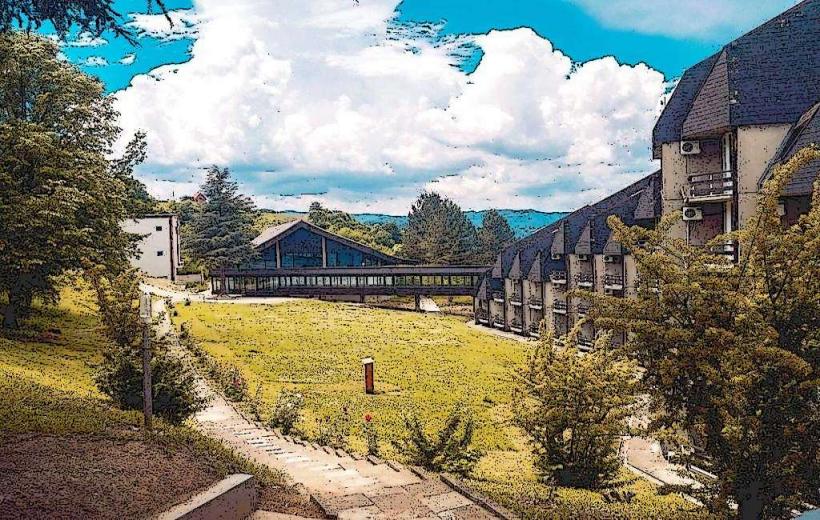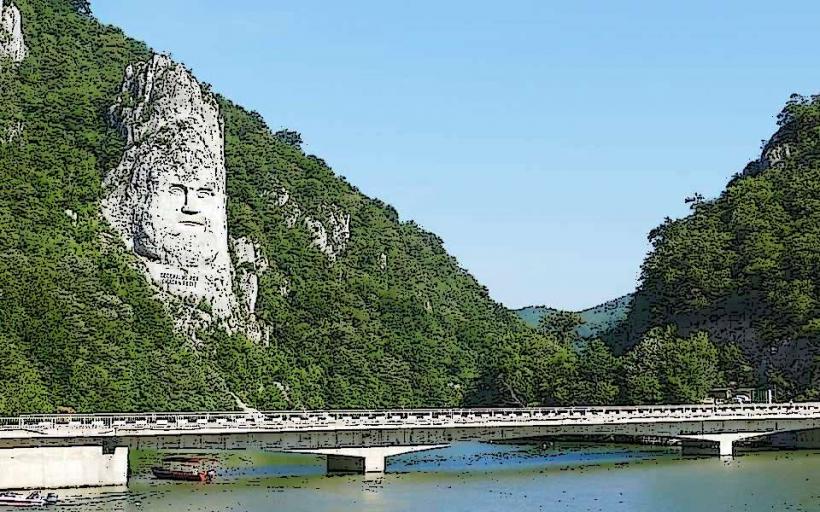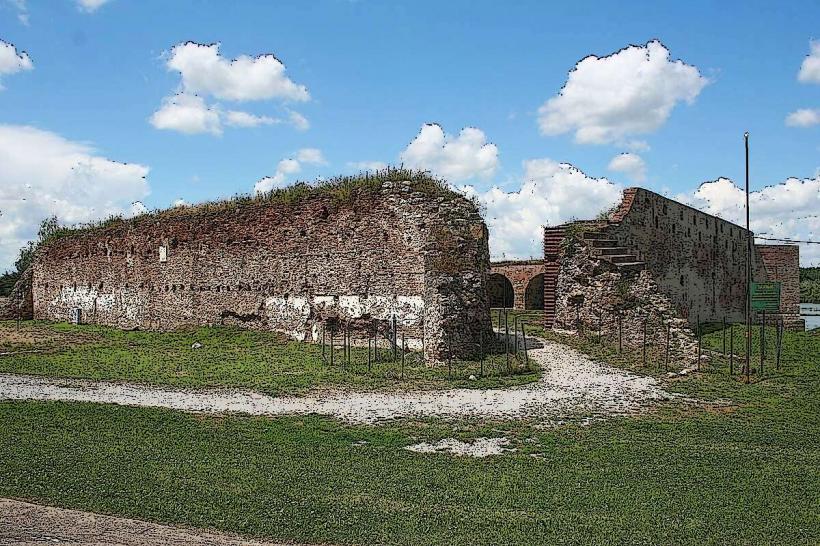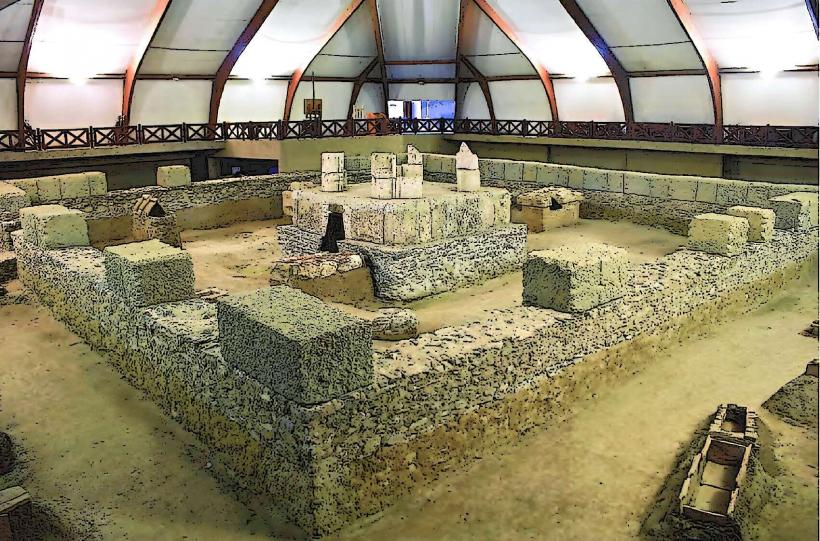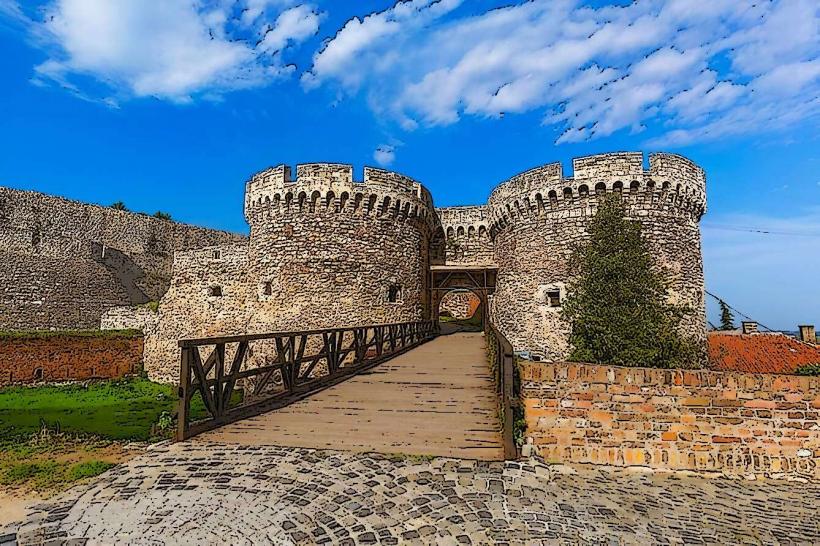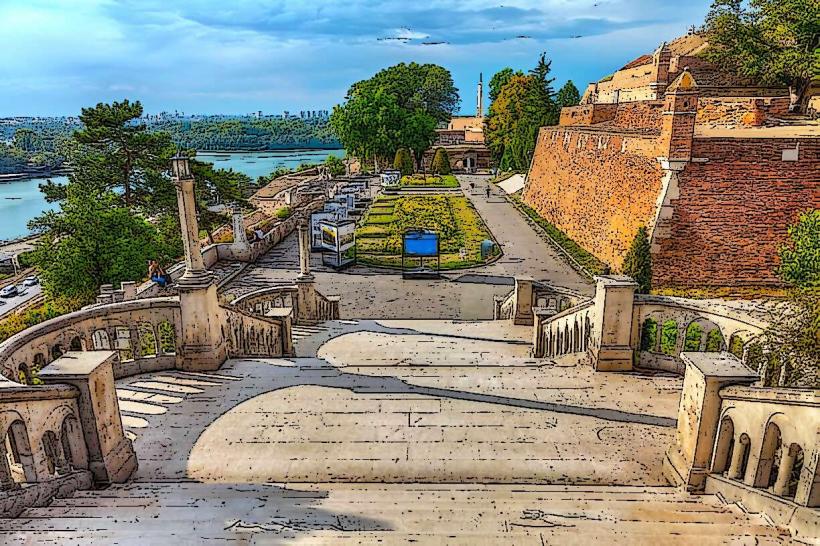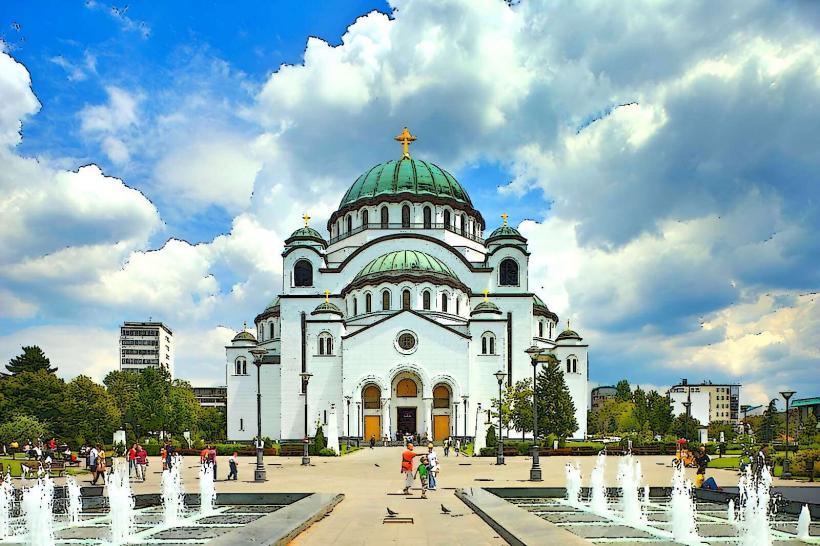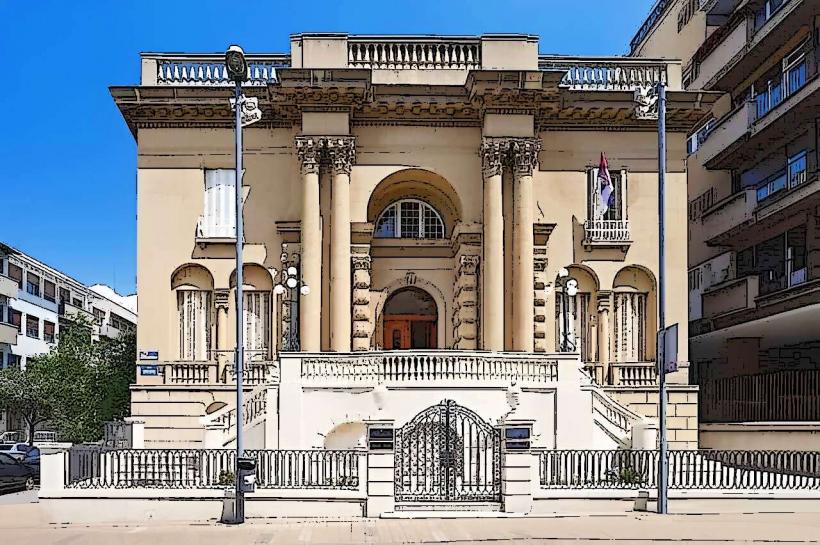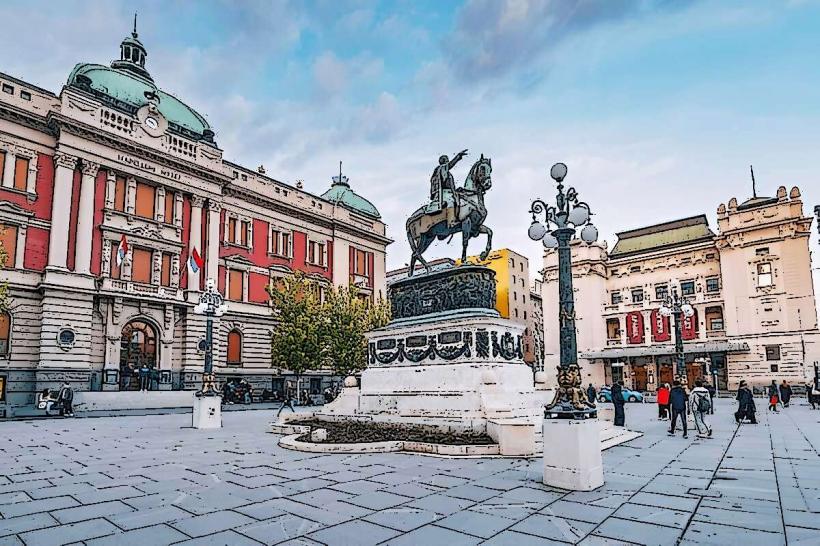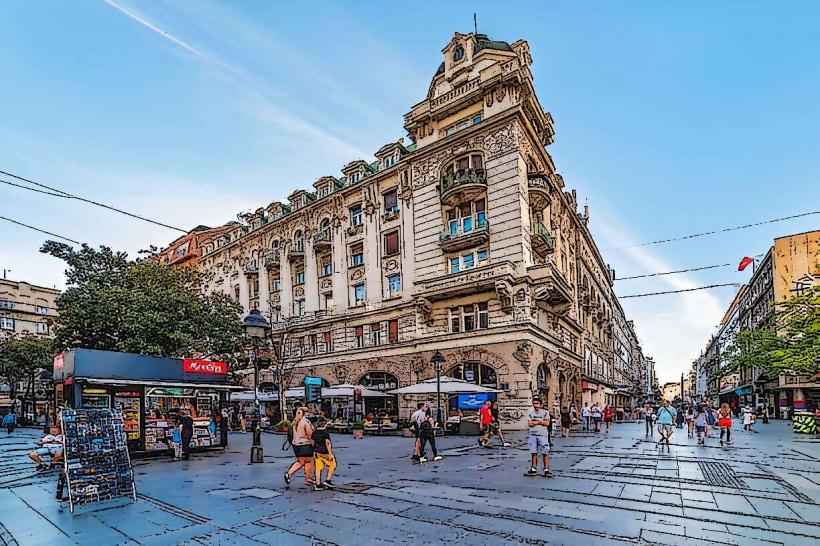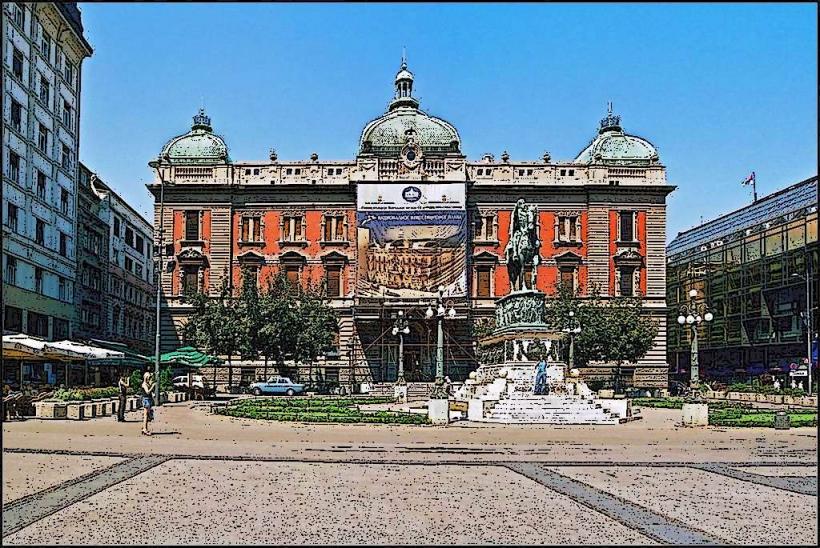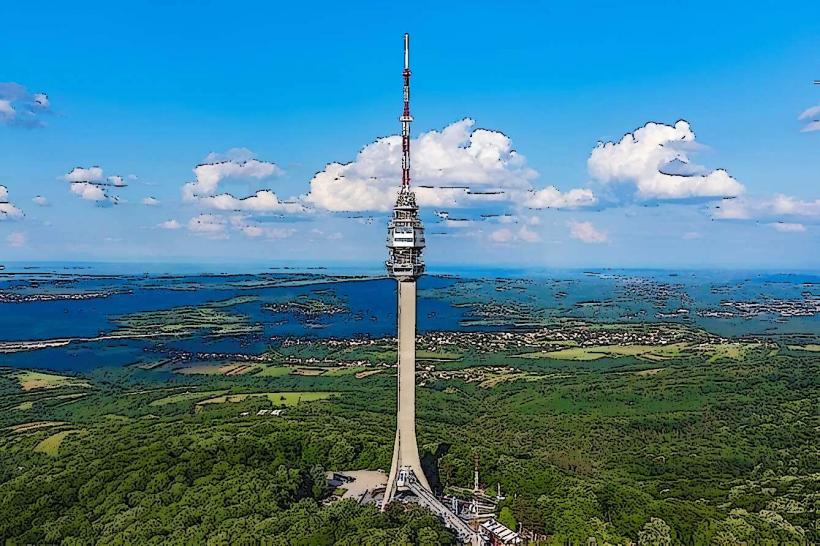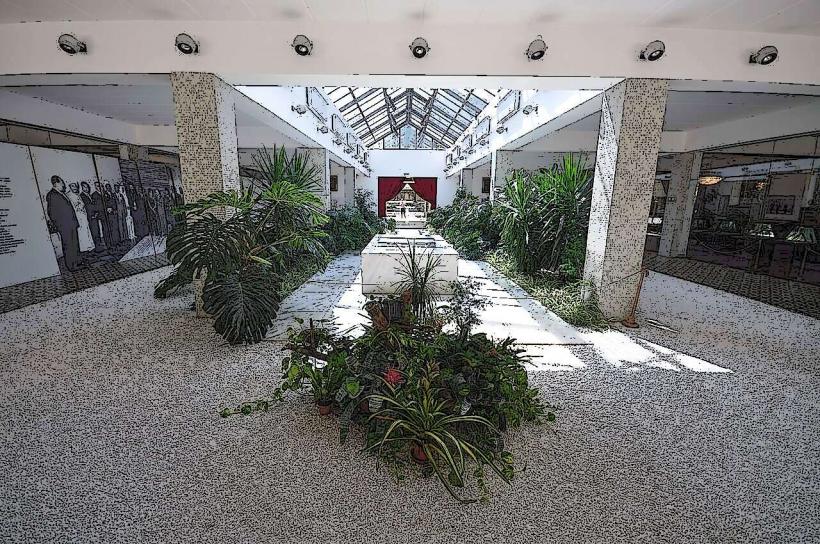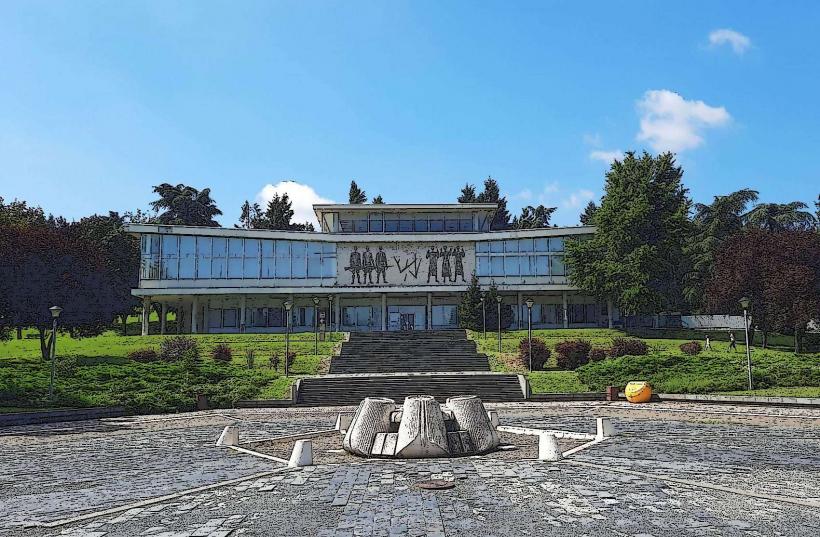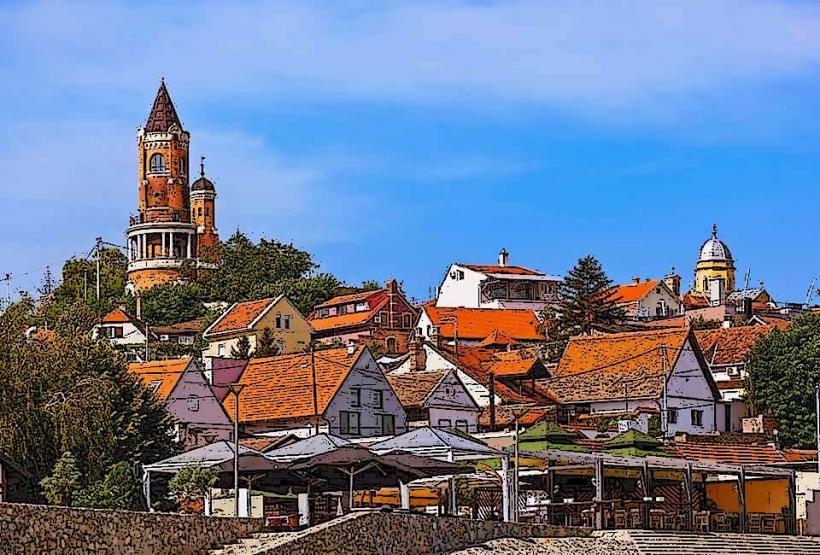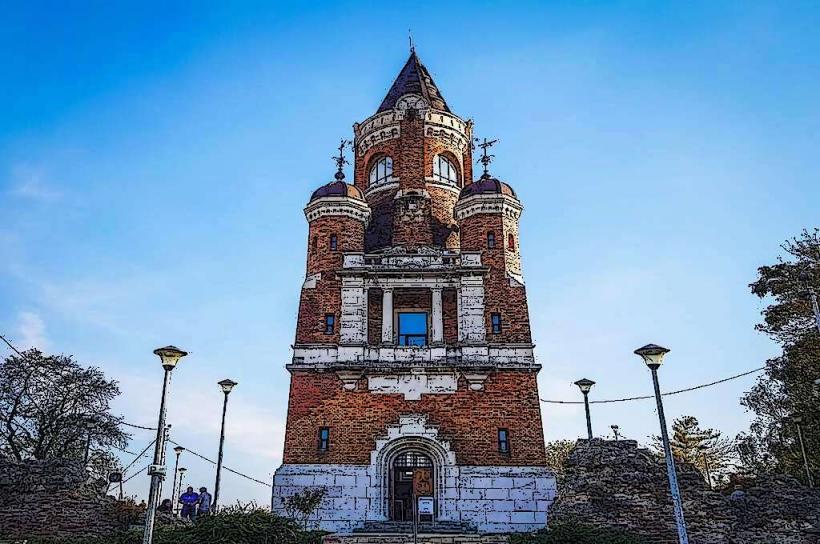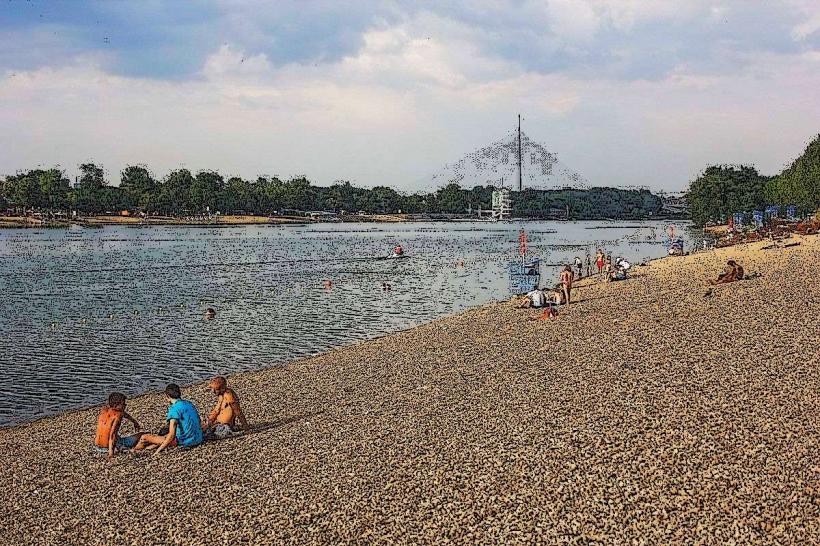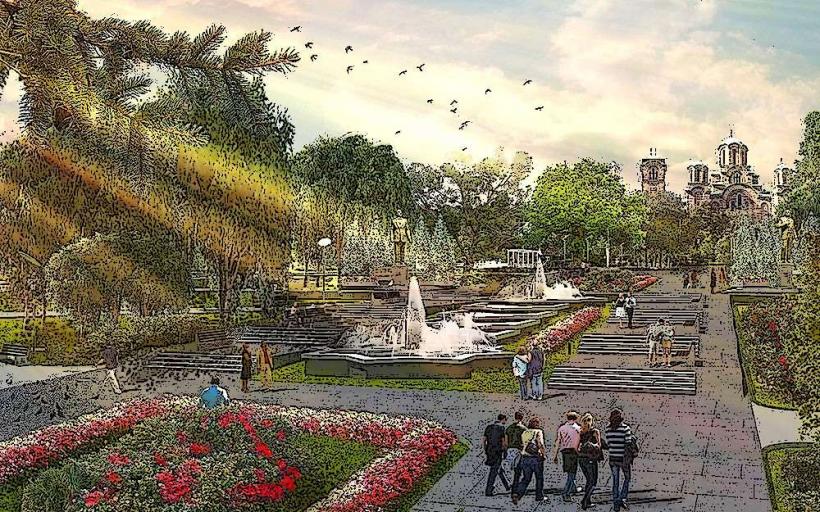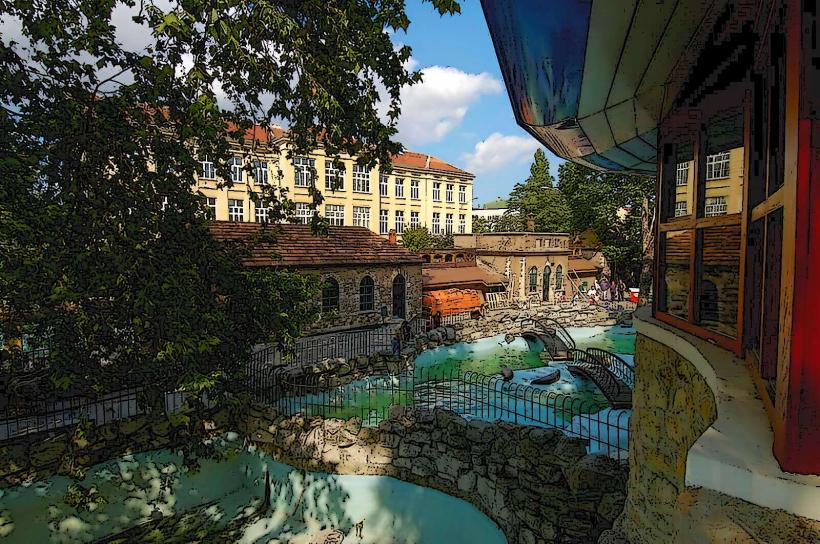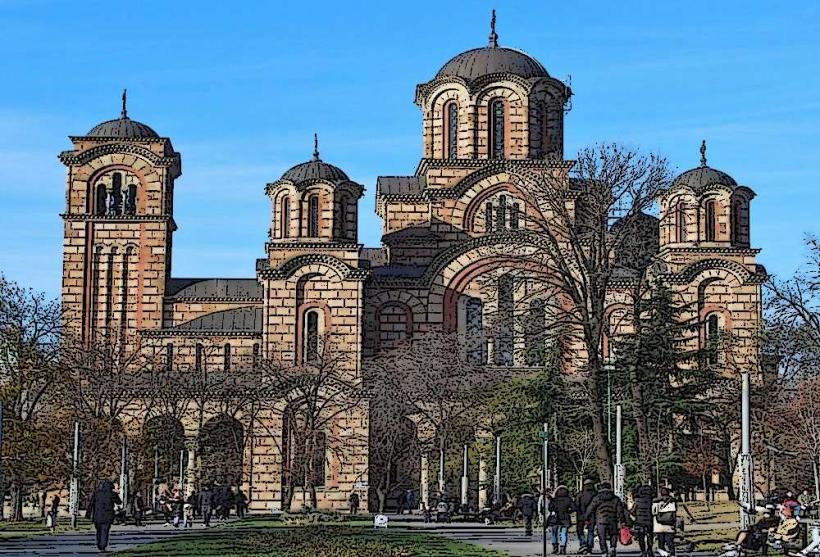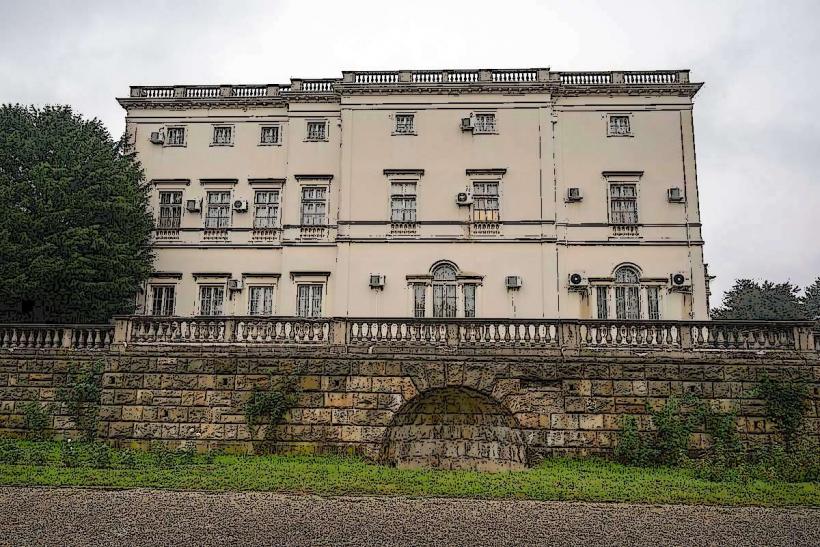Information
Landmark: Military MuseumCity: Belgrade
Country: Serbia
Continent: Europe
The Military Museum in Belgrade, located within the historic Kalemegdan Fortress, is one of Serbia's most significant cultural and historical institutions. It offers a comprehensive overview of the military history of the region, from prehistoric times through modern conflicts. The museum is a testament to Serbia's turbulent history, shaped by centuries of warfare and cultural exchange, and it houses a vast collection of artifacts, documents, and exhibits that appeal to history enthusiasts, scholars, and casual visitors alike.
Historical Background
- The Military Museum was established in 1878 by a decree of Prince Milan Obrenović IV, following Serbia's liberation from Ottoman rule. Its creation was intended to preserve and display Serbia’s rich military heritage.
- The museum's location within Kalemegdan Fortress, a historically strategic site overlooking the Sava and Danube Rivers, underscores its thematic relevance.
- The museum underwent significant expansions and renovations, particularly after World War II, to include exhibits covering more recent conflicts.
Exhibitions and Collections
The Military Museum’s collection includes over 33,000 artifacts, with exhibits displayed chronologically and thematically. Key sections include:
1. Prehistoric and Ancient Warfare
- Artifacts from prehistoric settlements and early civilizations, including weapons, armor, and tools used by ancient warriors.
- Roman military items such as swords, shields, and coins, reflecting the influence of the Roman Empire in the Balkans.
2. Medieval Warfare
- Weapons and armor from the medieval Serbian kingdoms, including swords, crossbows, and chainmail.
- Exhibits highlight the role of Serbian knights in defending the region during the Byzantine, Hungarian, and Ottoman conquests.
3. Ottoman Period
- Displays include Ottoman weapons such as scimitars, muskets, and cannons, as well as Serbian rebel equipment from the First and Second Serbian Uprisings (1804–1815).
- The collection highlights Serbia’s struggle for independence from Ottoman rule.
4. 19th and Early 20th Century
- Artifacts from the Serbian-Turkish Wars, Balkan Wars, and World War I, including uniforms, firearms, and regimental flags.
- Detailed accounts of Serbia’s significant role in World War I, particularly the Battle of Kolubara and the Serbian army's retreat through Albania.
5. World War II
- A comprehensive display of weapons, documents, and photographs from World War II, emphasizing the resistance movements in Yugoslavia.
- Artifacts from both Axis and Allied forces, including German, Italian, and Soviet military equipment.
6. Post-War Period and Modern Conflicts
- Exhibits covering the Cold War era and conflicts during the breakup of Yugoslavia in the 1990s.
- Items include UN helmets, NATO-related artifacts, and materials from the 1999 NATO bombing of Yugoslavia.
7. Outdoor Exhibits
- The museum's outdoor area displays a large collection of military vehicles, artillery, and tanks, including:
- German Panzer tanks from World War II.
- Soviet T-34 tanks and other Cold War-era vehicles.
- Anti-aircraft guns, missiles, and howitzers.
Key Highlights
Unique Artifacts:
- The medieval Serbian armor collection is particularly rare, showcasing intricate craftsmanship.
- The museum holds items from famous historical figures, including weapons associated with Serbian national heroes.
Outdoor Weaponry Display:
- Visitors can explore a wide range of decommissioned military equipment in the fortress grounds surrounding the museum.
- Highlights include a B-52 bomber fragment from the 1999 NATO campaign.
Historical Context:
- Each exhibit is accompanied by detailed explanations in Serbian and English, providing historical context and analysis of the events.
Location and Architecture
- The Military Museum is housed within Kalemegdan Fortress, which itself is a site of immense historical importance.
- The museum building, constructed in the early 20th century, blends harmoniously with the fortress's medieval walls, offering a dramatic and historically resonant setting.
Visitor Information
Opening Hours:
- The museum is typically open daily, from 10:00 AM to 5:00 PM, though hours may vary seasonally.
Ticket Prices:
- Tickets are affordable, with discounts available for students, seniors, and groups.
- Guided tours are offered for an additional fee and provide a deeper understanding of the exhibits.
Accessibility:
- The museum is accessible by public transportation, and its central location makes it easy to combine with other Kalemegdan attractions.
- However, due to the fortress's terrain, some areas may be challenging for visitors with mobility issues.
Photography Policy:
- Photography is generally allowed but may be restricted in certain areas. Visitors are encouraged to check policies at the entrance.
Nearby Attractions
- Kalemegdan Park and Belgrade Fortress: Explore the historic fortress, offering panoramic views of the Danube and Sava Rivers.
- Victor Monument: A symbol of Belgrade and one of the most famous landmarks in the city.
- Belgrade Zoo: Located adjacent to the fortress.
- Gallery of the Serbian Academy of Sciences and Arts: A nearby cultural venue for art and history lovers.
Conclusion
The Military Museum in Belgrade is a must-visit destination for those interested in Serbia’s dynamic history and its role in regional and global conflicts. Its vast collection of artifacts, combined with its stunning location within Kalemegdan Fortress, offers an immersive experience that appeals to a wide audience. Whether you're a military history enthusiast or simply curious about Serbia’s past, the museum provides a fascinating journey through the centuries.


